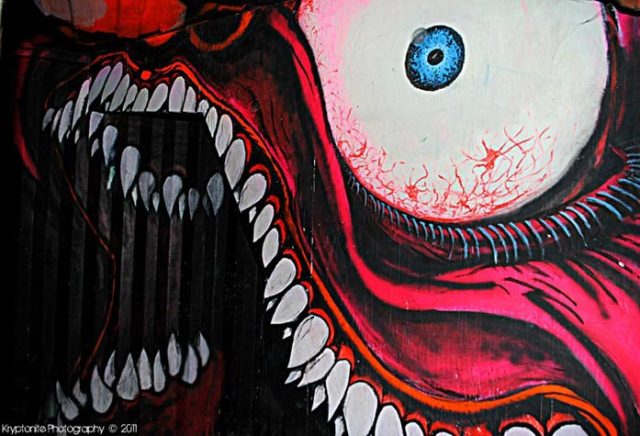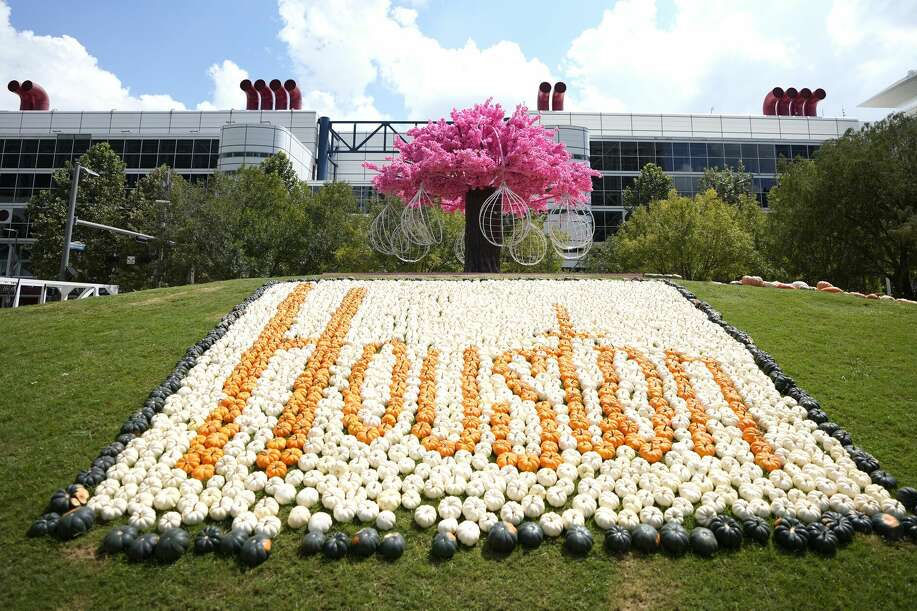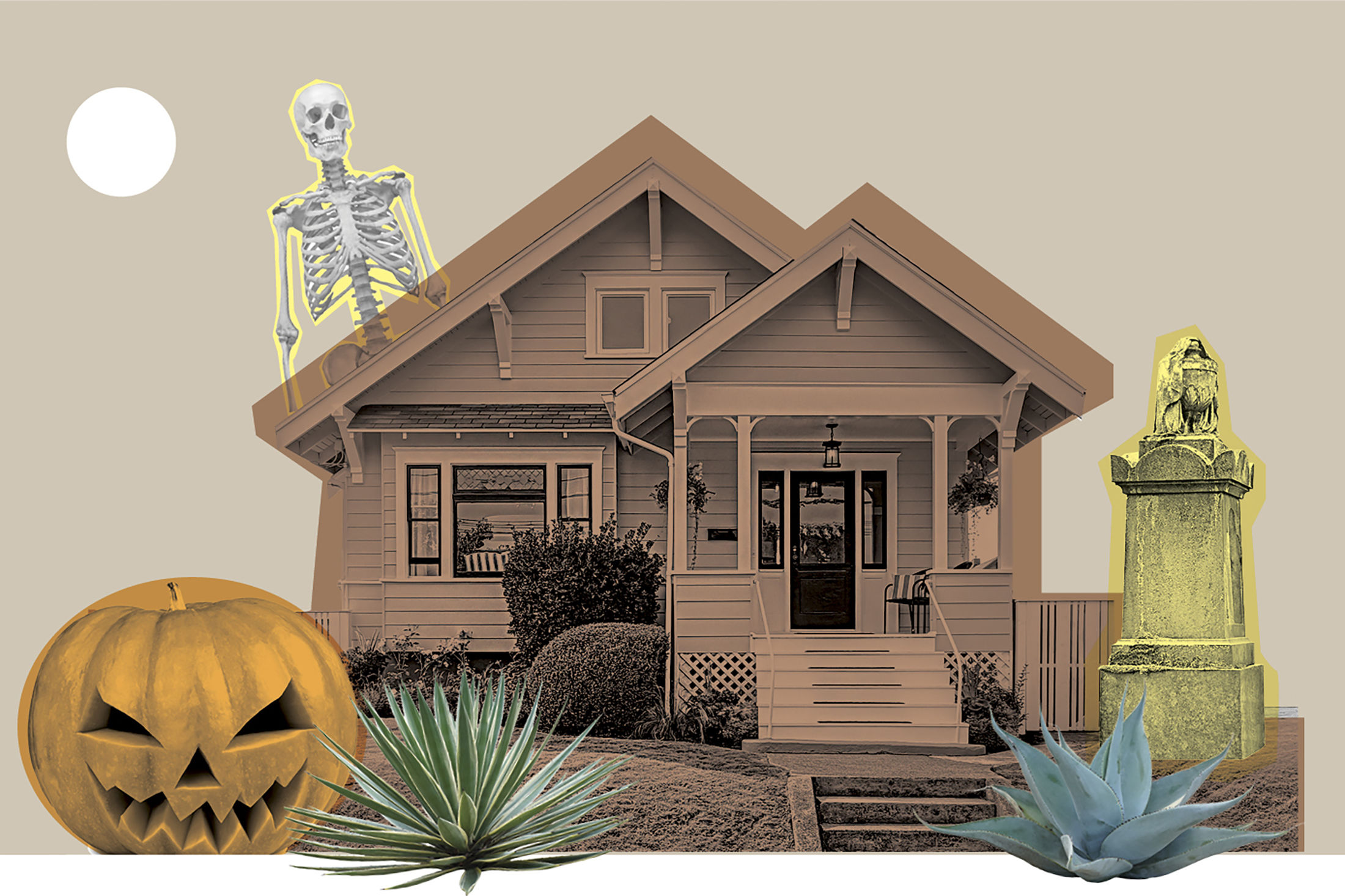Phobia Haunted House Scrambles to Find a New Home for Halloween

Rome wasn’t built in a day, and neither is a haunted house, at least not one as enormous and complicated as Phobia. But as Ryan Maness drove his golf cart dusted with dirt through a mudded and construction debris-littered field in Pearland, you couldn’t help but get nervous.
“I’m sorry there isn’t much to show you,” said Maness. It was August, 34 days before go time, and the only thing terrifying about this haunted-house-in-progress was how little time remained to build it. There was the odd prop to suggest what was coming, of course—an ambulance, a school bus, a plane, a horse skeleton, a Metro bus, a broken-down truck, some cement baby heads. But these were all holdovers from Phobia’s previous incarnation at 18777 Hwy 290, where it had reliably frightened tens of thousands of Houstonians since 2000 (for four years before that, it was located at 59 and Kirby).
For years, Phobia’s owner, Phylo Darke, had feared that the state’s Dept. of Transportation would claim eminent domain and seize the land on which his haunted house stood, and it finally happened last year. “We had our business built out,” said Darke, “and then they’re going to just come get it.”
So Darke and his team tore everything down last November, salvaging what they could for a new home he’d purchased in Pearland near Hwy 288 and Beltway 8, on a spacious 35-acre plot with room to grow thrills. But like many a Pearland developer before him, Darke found his project mired in red tape, and building permits didn’t arrive until August 12. Given that, no one would begrudge Darke for going dark this season, but perhaps he felt an obligation to the thousands who might otherwise go un-horrified. Anyway, Phobia would be up and running by Sept. 26, he vowed.
Indeed, his only concession to time constraints was a downsizing to five attractions from the original eight. Those would include Dawn of the Machine, a post-apocalyptic house where technology rules the world; Genetic Nightmare, a laboratory filled with mutilated creatures; and Darke World, a meat-packing plant overrun by zombies. “Everything is new and re-themed,” he explained. “We’re creating the apex of 20-plus years of processing information and learning how to scare people.”
With its multiple buildings and dozens of creatures roaming the grounds, Phobia is perhaps more properly described as a haunted complex, with attractions, props, animatronics and costumes all made on the premises. “We like to startle from an unexpected position,” said Darke by way of explaining his horror aesthetic. “We have hundreds of animatronics that pop out and thrash their arms.” Maness, meanwhile, whose title is Phobia art director, draws inspiration from horror films and art history: “We stick to the weirder stuff. We have a medical anomaly where people are strapped to each other’s shoulders and crutches are strapped to them…like spider-looking people.”
Animatronics aside, however, both Darke and Maness agree that it is humans—Phobia hires 300 each year to work the complex and grounds—who typically elicit the most screams.
“Actors come up with their own character, develop a script and they look in the mirror and try to become that character,” Phobia house manager Chris Rodriguez told us, adding that they take their jobs very seriously, oftentimes creating their own masks and other costume elements to enhance personas.
“We have a lot of work to do,” Maness acknowledged, back on the golf cart, before promising in the next breath that “we’re going to get it done.” The challenges of haunted house–building are great, it seems, but the rewards are even greater. There’s nothing like, say, sharing anecdotes with your fellow ghouls and zombies while taking off your makeup and costume at the end of the night. “There’s always a new story,” Maness said, although there are a few common themes.
“Basically we make kids lose their bodily functions every night of the week,” he laughed.




